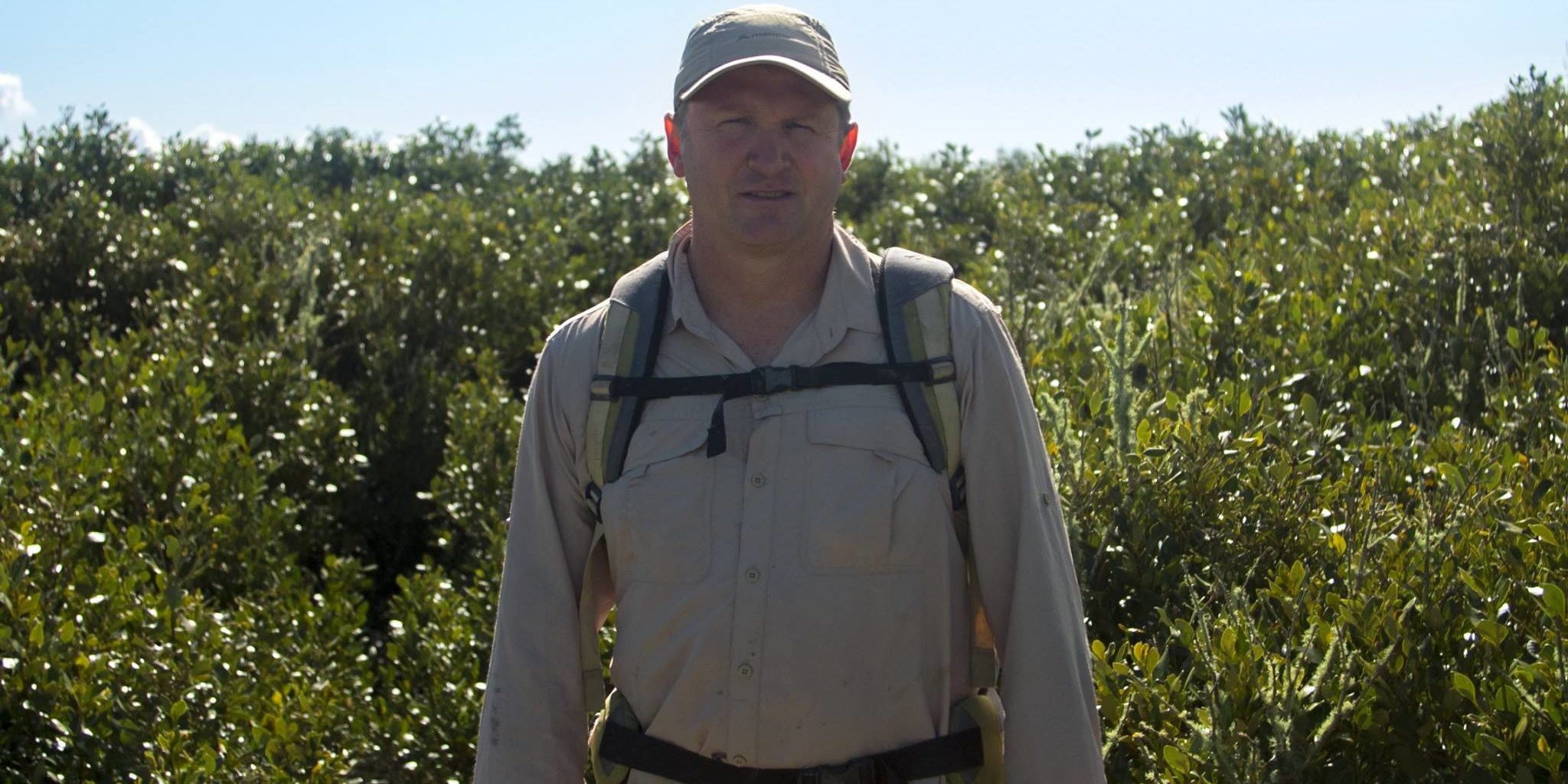Dr Andrew Swales’ research has enhanced our understanding of a controversial and pressing coastal management issue.
Mangroves are commonly blamed for trapping sediment and significantly changing the depth and character of our harbours and estuaries. Dr Swales’ work on the inner Hauraki Gulf and Firth of Thames coastlines, has conclusively linked sedimentation on these coasts to inland changes (such as de-forestation) before the mangroves established themselves and shown that mangroves have not measurably increased sediment levels over subsequent years to decades. As well as helping to guide management and conservation of these important eco-systems, Dr Swales’ research has delivered new data on sediment accumulation rates and new methodologies to trace the source of estuarine sediments, which help understand the impact of land use changes on coastal environments.
Dr. Andrew Swales
NIWA
2017 Waikato Regional Council Environmental Science Award Joint Winner
Dr Andrew Swales’ research has enhanced our understanding of a controversial and pressing coastal management issue.
Mangroves are commonly blamed for trapping sediment and significantly changing the depth and character of our harbours and estuaries. Dr Swales’ work on the inner Hauraki Gulf and Firth of Thames coastlines, has conclusively linked sedimentation on these coasts to inland changes (such as de-forestation) before the mangroves established themselves and shown that mangroves have not measurably increased sediment levels over subsequent years to decades. As well as helping to guide management and conservation of these important eco-systems, Dr Swales’ research has delivered new data on sediment accumulation rates and new methodologies to trace the source of estuarine sediments, which help understand the impact of land use changes on coastal environments.





